9 Healthier Mayo Substitutes
How do you feel about mayonnaise? In my experience it’s one of the most contested condiments. People either love its creamy, salty goodness, or cringe at its fatty, slimy texture. If you’re in the latter camp (or if you want a healthier alternative), try a mayo substitute.
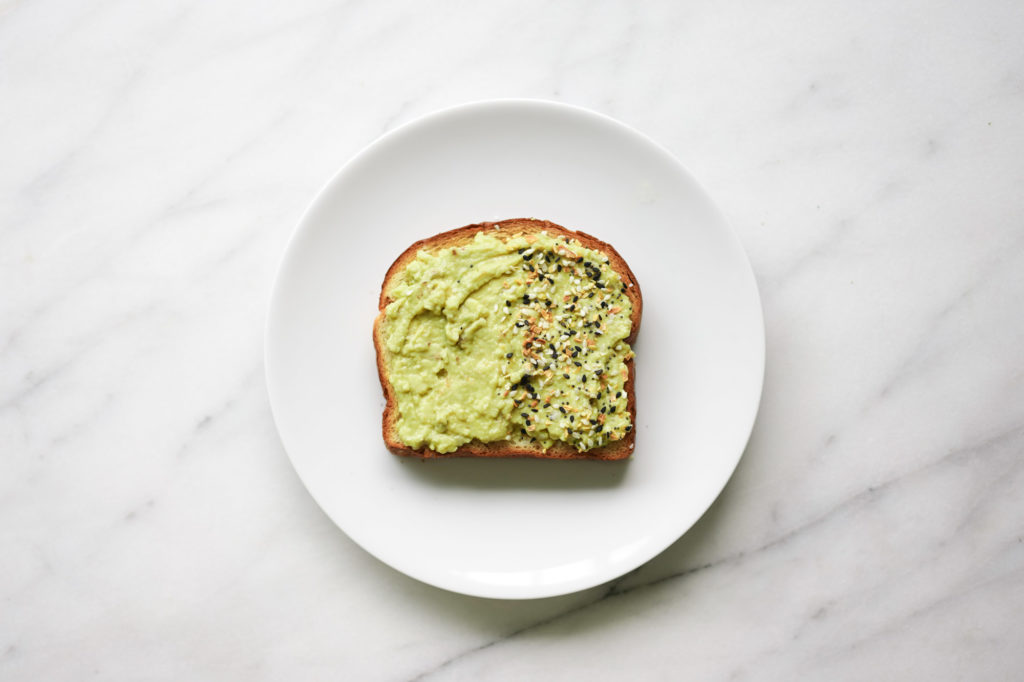
What is mayonnaise?
Mayonnaise is a combination of oil, egg yolks, and acidic liquid like lemon juice or vinegar. Typically, oil and liquid would not be able to mix, but the egg yolks contain an emulsifier (lecithin), which helps the ingredients combine.
Because raw egg yolks are a main ingredient in mayonnaise, people may be skeptical about leaving it out because they think it’ll quickly develop bacteria. Rest assured, the eggs in store-bought mayonnaise are pasteurized first and the acidic liquid prevents bacteria from forming immediately. The FDA recommends that items that require refrigeration (like mayo) should not be left out for more than two hours. If it’s over 90℉, perishable foods should be left out no more than one hour.
Is mayo unhealthy?
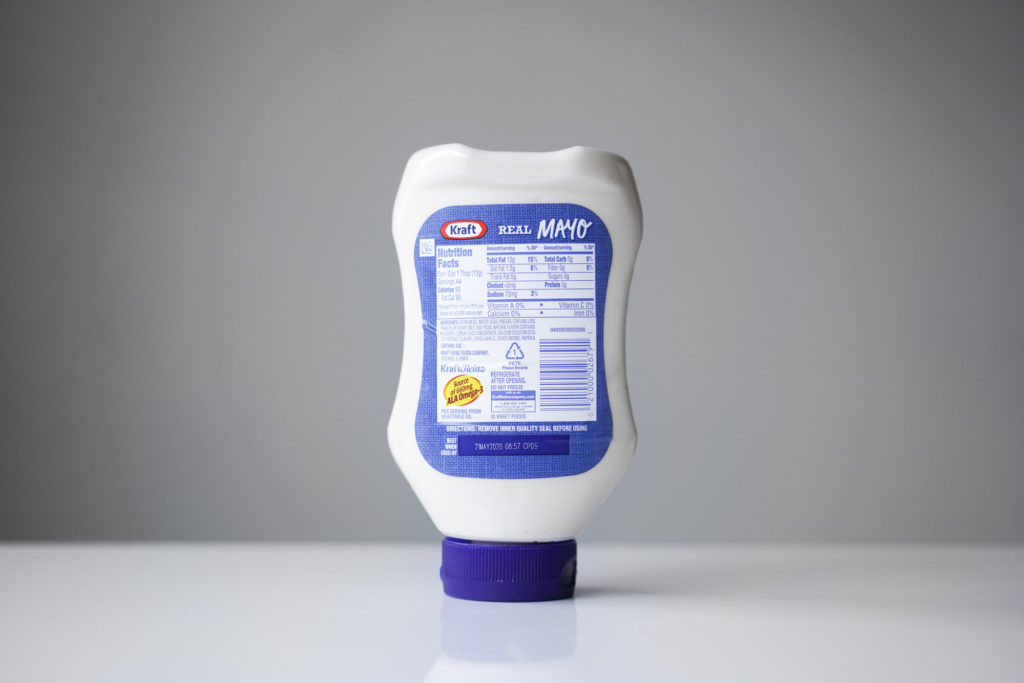
Mayo is a high-fat, high-calorie food. This may fit well into some diets, like keto, as long as you avoid mayonnaise that is high in sugar and carbs.
Because oil is one of mayo’s main ingredients, it’s considered an unsaturated fat, as long as the oil it is made with isn’t hydrogenated or partially hydrogenated. Oil is considered hydrogenated when hydrogen is added to it — this transforms it from a liquid to solid. Hydrogenated oil is commonly used to improve shelf life. Many packaged foods include hydrogenated oil, and so does margarine.
Unsaturated fats are also known as “healthy” fats — the two main types are polyunsaturated and monounsaturated. Polyunsaturated fats include omega-3 and omega-6 fats, which can be found in foods like salmon and nuts. These fats have been shown to have a positive impact on heart health when consumed in moderation. Monounsaturated fats like olive oil have been found to lower cholesterol.
However, because of the high amount of calories and low nutrient density, you’ll probably want to use mayo sparingly or try a lower calorie mayo alternative.
There are many types of mayo. Here’s a nutritional snapshot of some popular options in the USDA FoodData Central database. They are based on a one tablespoon (15 grams) serving. If opting for a light or reduced fat option, be sure to check the label as additives like sugar may be used to enhance texture and flavor.
| Mayo | Calories | Carbs (g) | Protein (g) | Saturated Fat (g) | Unsaturated Fat (g) |
| Mayonnaise (Safeway) | 100 | 0 | 0 | 2 | 8.5 |
| Light Mayonnaise (Supervalu, Inc.) | 35 | 1 | 0 | 0.5 | 3 |
| Mayonnaise, reduced fat with olive oil | 49.8 | 0 | 0.05 | 0.7 | 4.6 |
Mayo Substitutes
If you’re familiar with Samin Nosrat’s Salt Fat Acid Heat you might have realized by now that mayo hits two of these major categories — fat and salt. As such, mayo (like all fats) is great for absorbing and spreading flavor throughout a dish. Its texture also complements dry foods — think bread or tuna.
1. Avocado

The creaminess of avocado makes it a great mayonnaise substitute. You can mash it up and add it to your sandwich or get creative and use it to make deviled eggs. Avocados provide omega-3 fats, vitamins C and K, and fiber. There’s about 34 calories in a 21 gram (one ounce) serving size, and three grams of unsaturated fat.
2. Baba Ghanoush
The smoky, creamy flavor of baba ghanoush is a wonderful addition to a veggie salad or sandwich. If you’re unfamiliar, baba ghanoush is a hummus-like dip made from eggplant, tahini, lemon juice, and olive oil. Most store bought brands have about 30 calories per tablespoon and only a few grams of fat.
3. Hummus
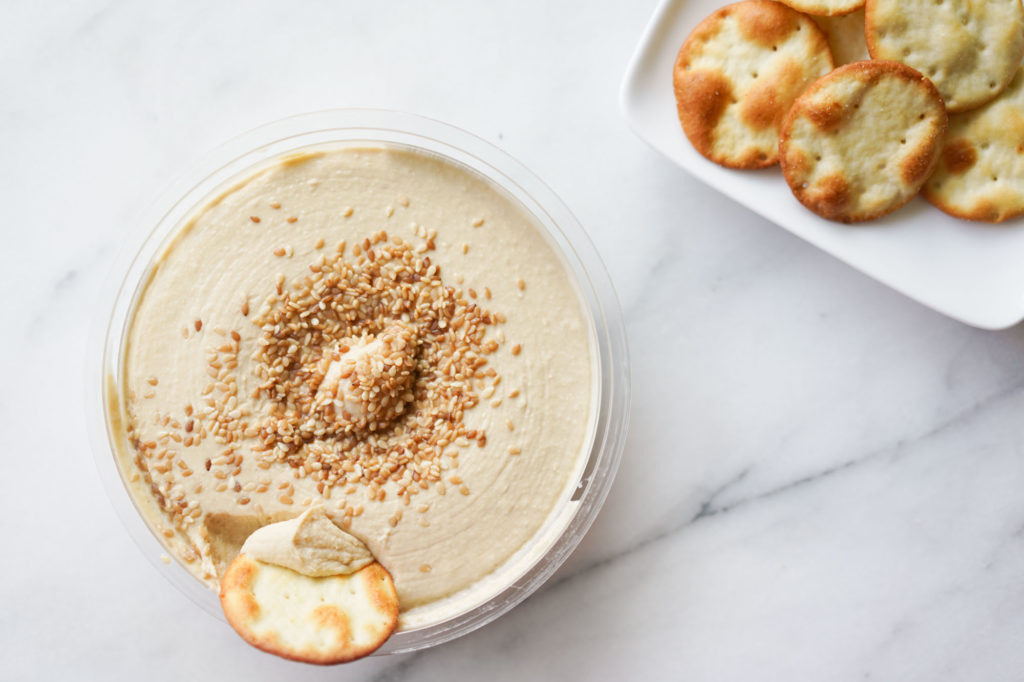
Who doesn’t love the versatility of chickpeas? Their subtle, creamy flavor is so adaptive that people have found many ways to flavor them and even turned them into pasta. Mashed chickpeas or hummus will do the trick to replace mayo. Even better, it has about a quarter of the calories with a one tablespoon serving of Hope brand hummus sitting at 25 calories and 3.5 grams of fat.
4. Low-Fat Cottage Cheese
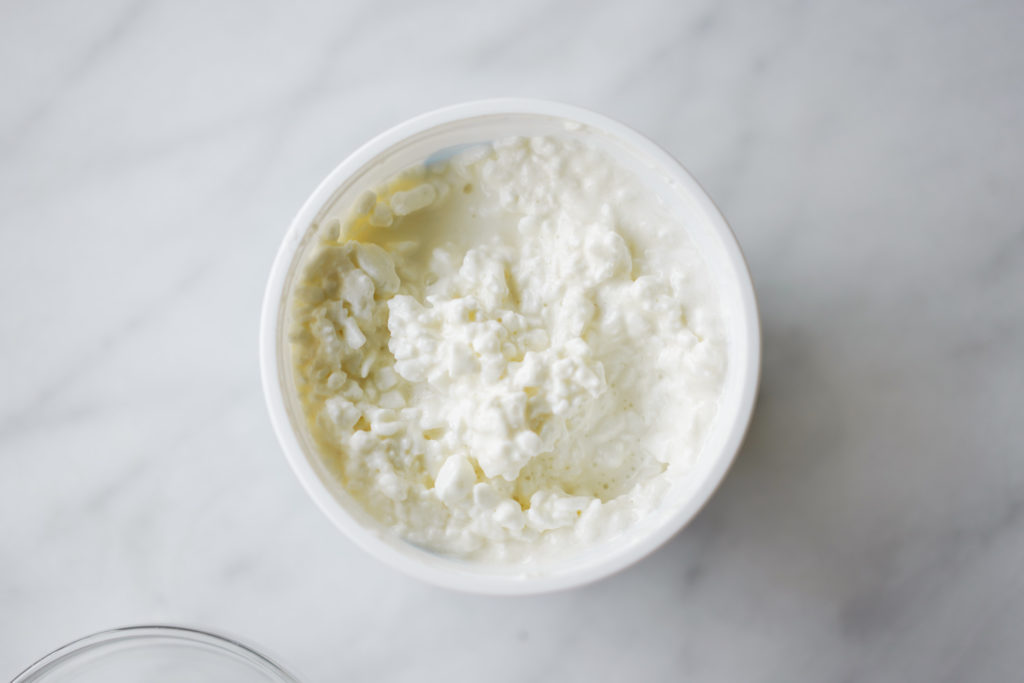
Cottage cheese may seem like an odd replacement for mayo. While the consistency isn’t exactly the same, its light, creamy flavor can replace mayo in some salads or even tuna. A half cup of low-fat cottage cheese has 83 calories, 11 grams or protein, and only 1 gram of fat!
5. Low-Fat Greek Yogurt
Greek yogurt can be seasoned and made into a dip or watered down and made into a flavorful dressing. It’s a great mayo alternative in coleslaw and tuna salad. You can even create sauces for chicken and other types of protein! Greek yogurt. Low-fat Greek yogurt has about one calorie per gram.
6. Mustard
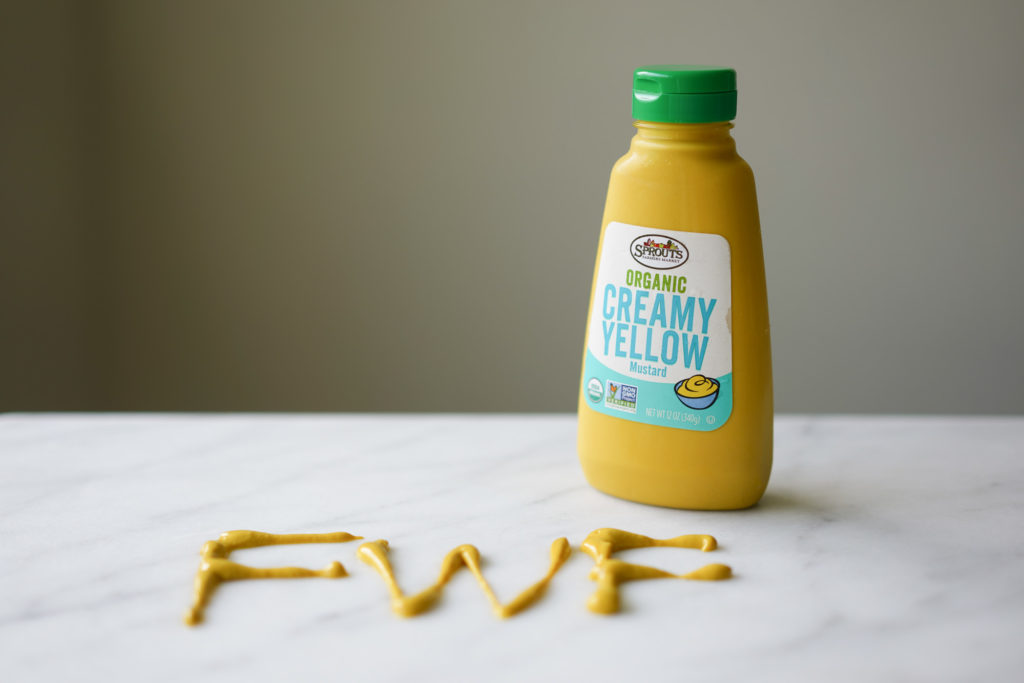
If you’re not looking for a creamy mayo alternative, mustard is a great spread that will keep bread from feeling too dry or add flavor to your veggies. It’s relatively low-calorie, and doesn’t contain fat like some of the other options.
7. Olive Oil
A large component of mayonnaise is oil after all! Keep it simple and drizzle olive oil on salad or on your sandwich. While olive oil is a good alternative because it doesn’t have as many additives as mayo, it’s still a high-calorie swap, so be aware of this if you choose it.
8. Pesto
Pesto is one of the most flavorful options. It’s made from olive oil, basil, pine nuts and parmesan cheese. According to the USDA database, a one tablespoon serving can range from 30 calories to upwards of 100 depending on the type you buy, so be sure to check the label. Better yet, make your own! Pesto is an especially great addition to pasta salad.
9. Tapenade
Similar to pesto, tapenade is a flavorful spread typically made from a mixture of olives, olive oil, capers, garlic, lemon juice, and other herbs and spices. It’s fairly easy to make at home, and pairs well with salads and pasta. It has about 40 calories per tablespoon.
If you’re craving mayo, try one of these alternatives! Most have half (or less) calories, and many mayo substitutes provide the creamy addition you’re looking for without as much fat.
You must be logged in to post a comment.